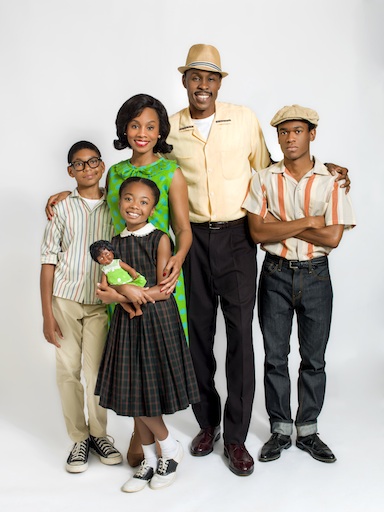 Clarence has been serving life without parole for two decades. Death penalty advocates probably wish that his sentence would have been some sort of execution, claiming that life without parole is too lenient. However, Clarence will tell you that time in maximum security prison is anything but a “leisure country club.” Averting his gaze for a moment, he shares, “It’s a mental war. The sentence is always on my mind no what other activities I try to get involved with.”
Clarence has been serving life without parole for two decades. Death penalty advocates probably wish that his sentence would have been some sort of execution, claiming that life without parole is too lenient. However, Clarence will tell you that time in maximum security prison is anything but a “leisure country club.” Averting his gaze for a moment, he shares, “It’s a mental war. The sentence is always on my mind no what other activities I try to get involved with.”
The 40-year-old describes beginning each day realizing that this is his life; it is tantamount to a slow death. Forfeiting his freedom is not his only regret. His father gave up on him, believing that Clarence will not ever come home. “He won’t answer my calls,” Clarence finally relents into a spiritless tone.
On October 1, Maryland will join New Jersey, New York, New Mexico, Illinois and Connecticut as the sixth state in six years and 18th in the United States that have made the controversial decision to abolish the death penalty. Maryland Governor Martin O’Malley (also see Governor Martin O’Malley and the Lifers Parole Bill) signed the much maligned repeal of the death penalty into law to ecstatic cheers from those who believe life without the possibility of parole is more economical than the death penalty. From those who question whether justice will be served for the victims when the state allows convicted criminals to live, he met derisive jeers.
The debate was tedious and contentious. The democratic governor’s position is that the increasing cost to the taxpayer for litigating death penalty cases is not good. “Cost continually goes up to ensure that innocent people are not executed,” cites Heraldmail.com. Advocates of capital punishment maintain that for citizens, it’s all about justice and not the cost of litigation.
The bipartisan debate over death verses life for the defendant was equally passionate outside the Maryland statehouse. Some demonstrators were incensed by the notion of violent criminals savoring what they incorrectly characterized as a “leisure country-club” existence in prison. They incorrectly believe that lifers serve a mere ten years. However, as Clarence witnesses, prison life is not country club living. Furthermore, lifers in Maryland require the signature of the governor for parole, which has not occurred in more than 20 years.
Other death penalty opponents make the rational argument that capital punishment has not deterred violent crimes. Other death penalty advocates reason that the death penalty precludes the assailant from committing another crime. “I believe the death penalty is the one way some families get closer,” writes Heradmail.com.
Economics was the incentive that persuaded the Maryland legislators to finally adopt the repeal of the death penalty. A 2008 Urban Institute study revealed that Maryland spent $186 million on death row inmates since 1978. The study also revealed that the cost to prosecute a death penalty case is approximately three times higher than a non-death penalty case. Once the state imposes the death penalty, the cost is seven times higher: $1.7 million for death penalty cases versus $250,000 for non-death penalty cases.
Michael Woods is serving life without parole. He says, “I have to live with this crime for a longer period than most.” The most frustrating part for Michael is not prison life in and of itself, it is being removed from his family - - all of whom resides on the West Coast. “The loss of love of family is the most difficult,” he says.
Life without parole saves taxpayers millions, yet leaves the incarcerated living hopelessly and opens the question of justice for the victims. While one side celebrates and the other bemoans, there is no clear victor.




 In honor of Breast Cancer Awareness month, IMAN Cosmetics is partnering with Sisters Network’s Young Sister Initiative (YSI) by donating $20,000 of profits generated from the IMAN Pink Luxury Lip Stain ($10) during October 2013.
In honor of Breast Cancer Awareness month, IMAN Cosmetics is partnering with Sisters Network’s Young Sister Initiative (YSI) by donating $20,000 of profits generated from the IMAN Pink Luxury Lip Stain ($10) during October 2013.








